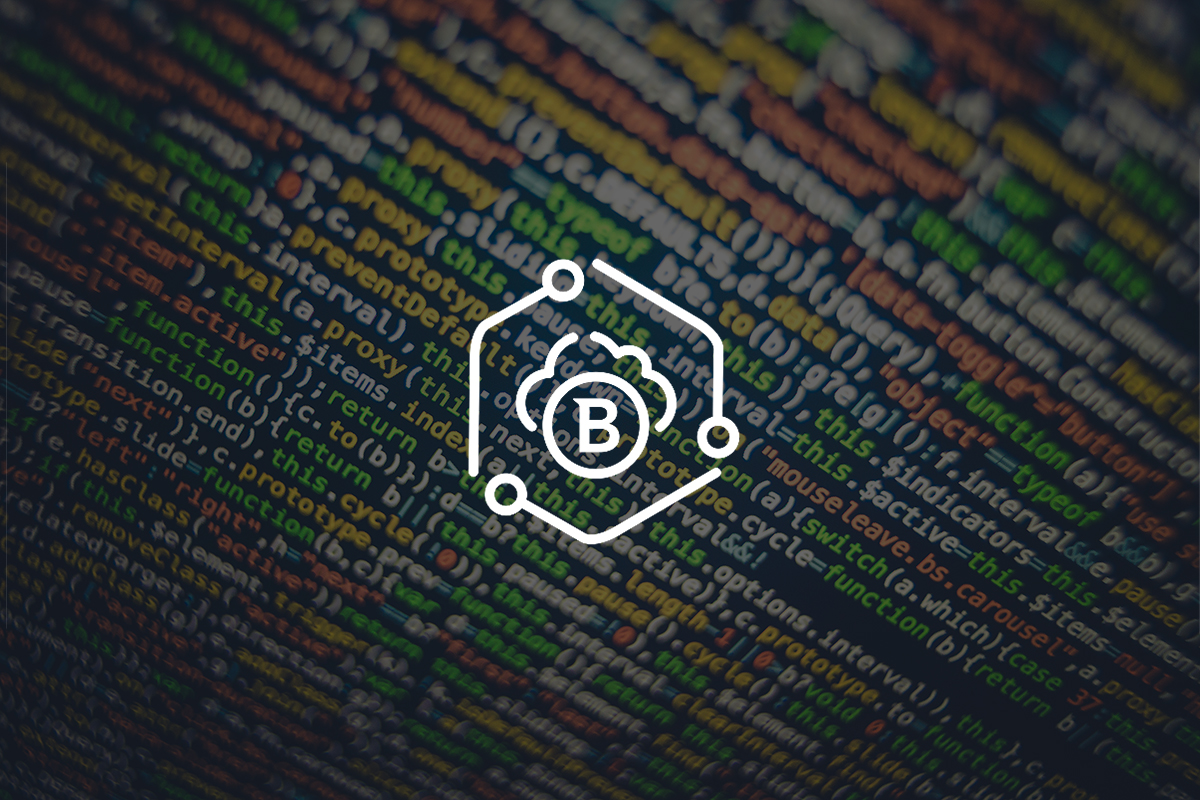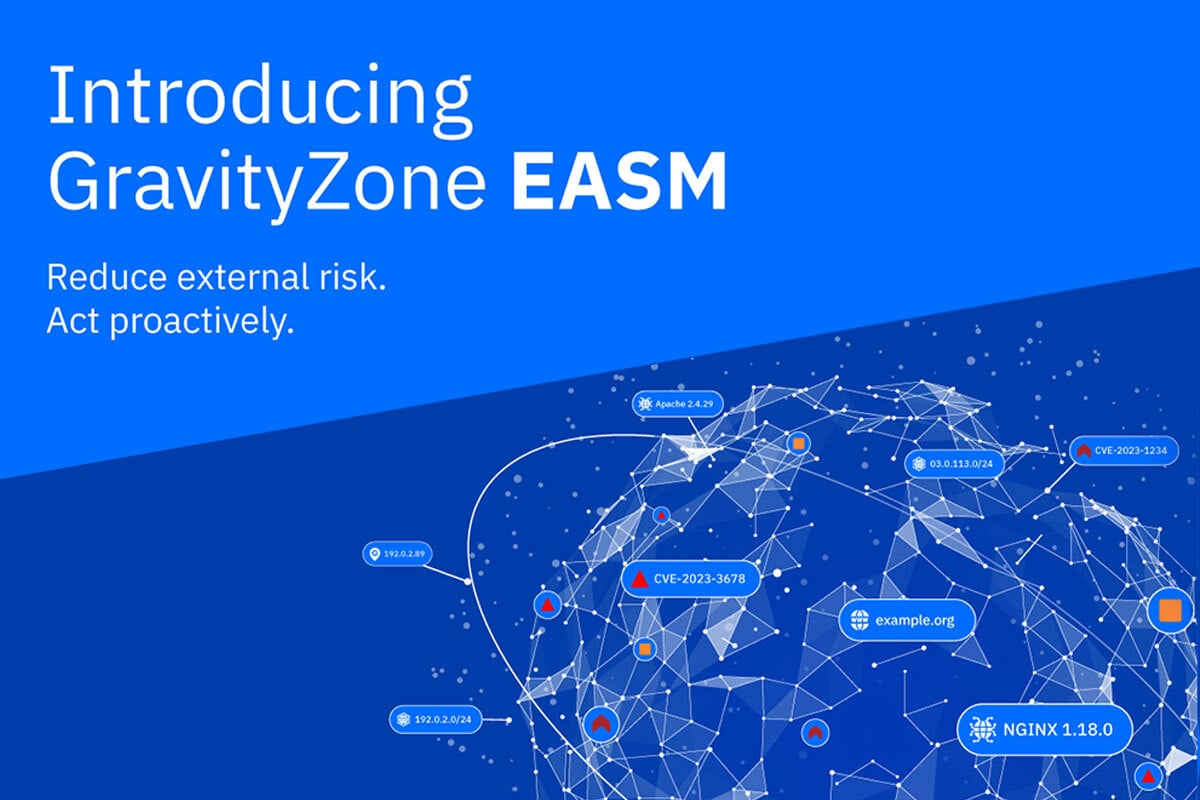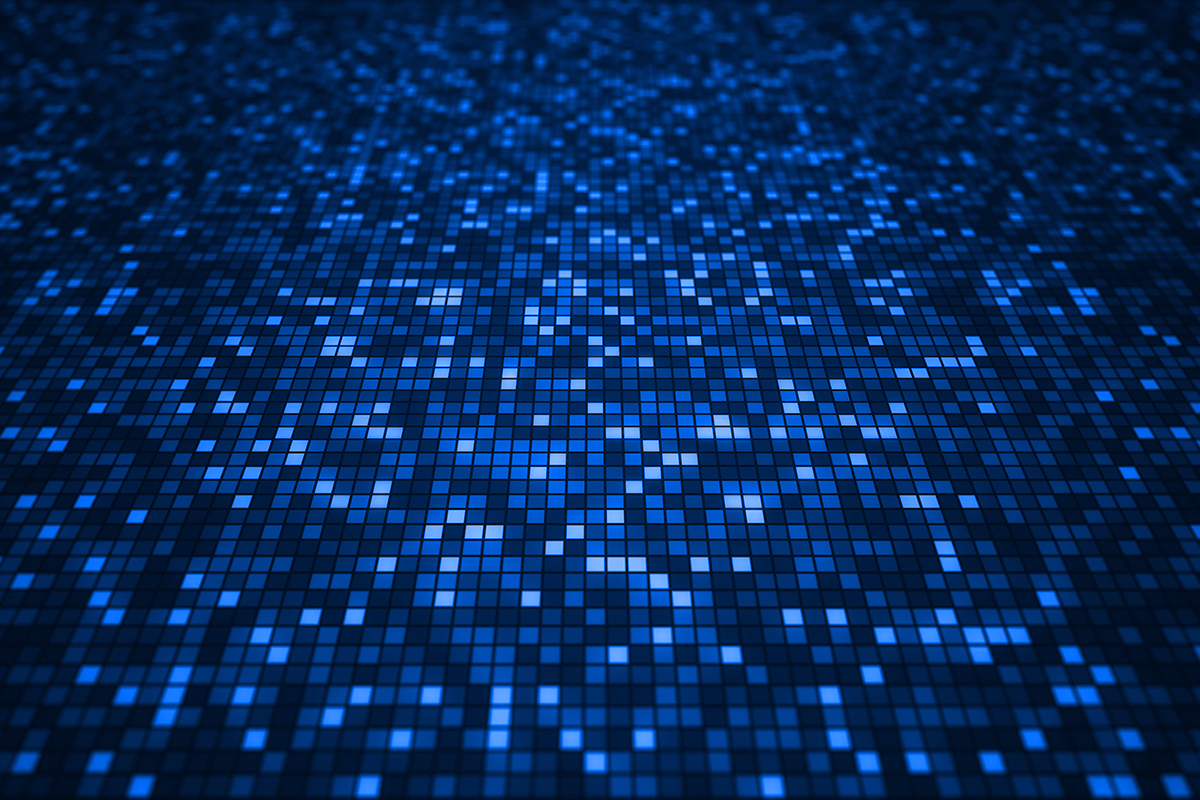Consolidating Alerts and Incident Response Beyond Endpoints

Security Operations teams struggle to keep up with a wider and more complex attack surface using a variety of disconnected point solutions, and manual triage and correlation of the flood of generated alerts.
While there has always been a drive for cybersecurity platform consolidation and automation, most analysts and security leaders agree that today they are imperative to reduce missed alerts and alert fatigue.
Solutions to modernize SecOps abound, but information about them is often vague, buzzword heavy, and overselling benefits.
That is why in this post we illustrate the specifics of what platform consolidation and automation should look like and how it improves operations efficiency. We’ll do this by looking at the key capabilities in Bitdefender GravityZone, a unified platform for Threat Prevention, Protection and eXtended Detection and Response.
Foundation in Effective Automated Prevention and Protection
The Bitdefender approach to reducing missed alerts and alert fatigue has as its foundation a comprehensive prevention and protection technology stack.
Technologies such as Risk Analytics, Patch Management, Full Disk Encryption, and Device Control, reduce the attack surface. Threats that reach user systems are automatically blocked by protection layers such as Tunable Machine Learning, Cloud Sandboxing, Fileless Attack Defense, Network Attack Defense and Exploit Defense.
Together these security layers are effective at stopping even Advanced Persistent Threats (APTs) automatically, before execution, thus reducing data breach risks and the number of alerts that analysts need to respond to.
Consolidated Threat Detection and Response Beyond Endpoints
Unified detection and response is key to uncovering the few sophisticated attacks that manage to bypass the other defenses and stopping them in time to prevent adverse business impact.
A main challenge for SecOps teams is the overwhelming number of alerts they need to keep up with across separate systems such as Endpoint Detection and Response (EDR), Cloud Workload Protection Platforms (CWPP), Network Detection and Response (NDR), Identity and Access Management (IAM), and productivity applications such as Office 365.
Using separate detection and response tools means alerts do not include important context and are poorly triaged and prioritized, so real threats are likely to be obscured by the alert-noise and investigations are likely to be slow.
Since modern attacks hop across environments, several alerts may result from the same attack but manually correlating the signals across systems and building visibility of the full attack is daunting.
Bitdefender GravityZone eXtended Detection and Response (XDR) addresses these challenges by extending detection, investigation, and response beyond the endpoints and automatically consolidating capabilities across networks, clouds, productivity applications and identities.
GravityZone XDR leverages native, turn-key sensor integrations and technologies to assemble security relevant information across these environments. It then applies analytics and embedded threat intelligence to detect suspicious activities and correlate and consolidate alerts into incidents, automatically building a visual representation of the complete attack chain.
How the Bitdefender Approach Differs From SIEM and Open XDR Tools
The need for a robust unified security platform and the hype around XDR are so pervasive that vendors specialized in EPP/EDR, SIEM, network security and other areas are releasing their versions of an XDR platform.
The different categories of tools sometimes overlap, and industry labels are used inconsistently. To help cut through the confusions, we published a high-level view of the main differences between SIEM, Native XDR and Open XDR and you can look at the capabilities and how they would integrate and transform your workflows. For example, some tools may create added overhead and require too much expertise and time to maintain and leverage.
Unifying threat detection, investigation, and response with GravityZone XDR is achieved by deploying EDR and the sensors for Network, Identity, Cloud, Productivity.
By using the native approach, the right information is collected in a predictable format and there is no need to build and maintain custom integrations or to have expert analysts develop and continuously tune detection rules. Immediately after deploying the sensors, detections stream in and are correlated across systems into extended incidents.
How Analysts Leverage Consolidation, Actionable Insights and Context To Respond Faster
When accessing the Incidents tab within GravityZone XDR analysts see a prioritized list of extended incidents. Instead of digging into dozens of signals like suspicious logins and then separately into dozens of endpoint and network incidents, analysts start with the top prioritized incidents and can easily drill down to understand how one of the suspicious logins is connected to other suspicious network and endpoint activity.
The GravityZone XDR approach is centered around providing context and answering, as quickly as possible, the key questions an analyst must answer, including: what was the root cause of the attack, what it the impact, what should be done to contain or remediate the threat? A human-readable overview describes the extended incident including the cause, chain of events and impacted systems as well as MITRE tactics and techniques used by the attacker. An attack graph is automatically generated for each extended incident showing a unified picture of the attack chain and timeline across endpoints, network, clouds, productivity applications or identities.
Historical and Live Search capabilities enable security teams to perform threat hunting and active incident response and quickly and easily identify misconfigurations and vulnerabilities with an eye toward maintaining compliance with regulations or standards, and security best practices.
Actionable insights focus teams on understanding and responding to incidents without burdensome manual investigation which occupies the time of advanced experts. To further focus efforts, GravityZone XDR also delivers recommended response actions, helping even analysts with little available time to rapidly respond to threats. Attack containment and resolution are accelerated using organization-wide responses performed from the same GravityZone screen. Such one-click actions include: isolating endpoints, deleting or suspending email accounts, or disabling Active Directory accounts.
The Next Steps To Improving Security Consolidation and Automation
There are hundreds of vendors - and almost as many miracle technologies – claiming to be able to consolidate and automate security monitoring and incident response.
The Bitdefender approach improves the efficiency of SecOps workflows by blocking more advanced threats before execution and automatically triaging, correlating and consolidating alerts and incidents.
Unlike other SIEM or XDR tools, there are no manual integrations and detection rules to build and maintain. Rather than increasing management burden, Bitdefender combines rich security context and actionable insights to provide value via better security outcomes and time saved, so that security teams can focus on impactful activities which reduce organizational risk. At the same time, when advanced investigation is needed, teams have powerful search capabilities to proactively hunt for threats, gather forensic information and identify vulnerabilities.
Learn more about GravityZone Extended Detection and Response (XDR).
tags
Author

Cristian Iordache is a CISSP and Principal Product Marketing Manager at Bitdefender and has spent more than a decade helping organizations address cybersecurity challenges. He loves to highlight security tips and technologies that are proven to improve security operations efficiency and effectiveness against the most elusive attacks.
View all postsRight now Top posts
FOLLOW US ON SOCIAL MEDIA
SUBSCRIBE TO OUR NEWSLETTER
Don’t miss out on exclusive content and exciting announcements!
You might also like
Bookmarks










